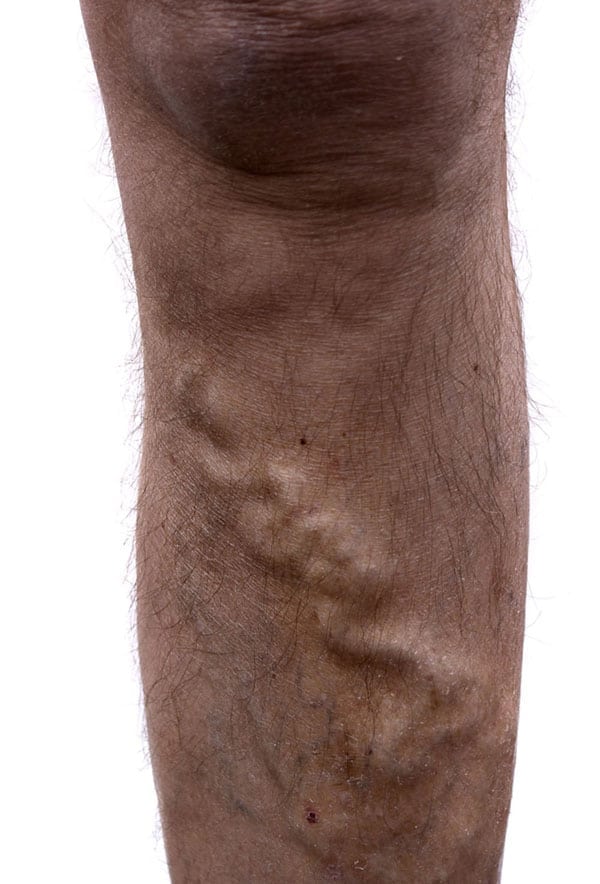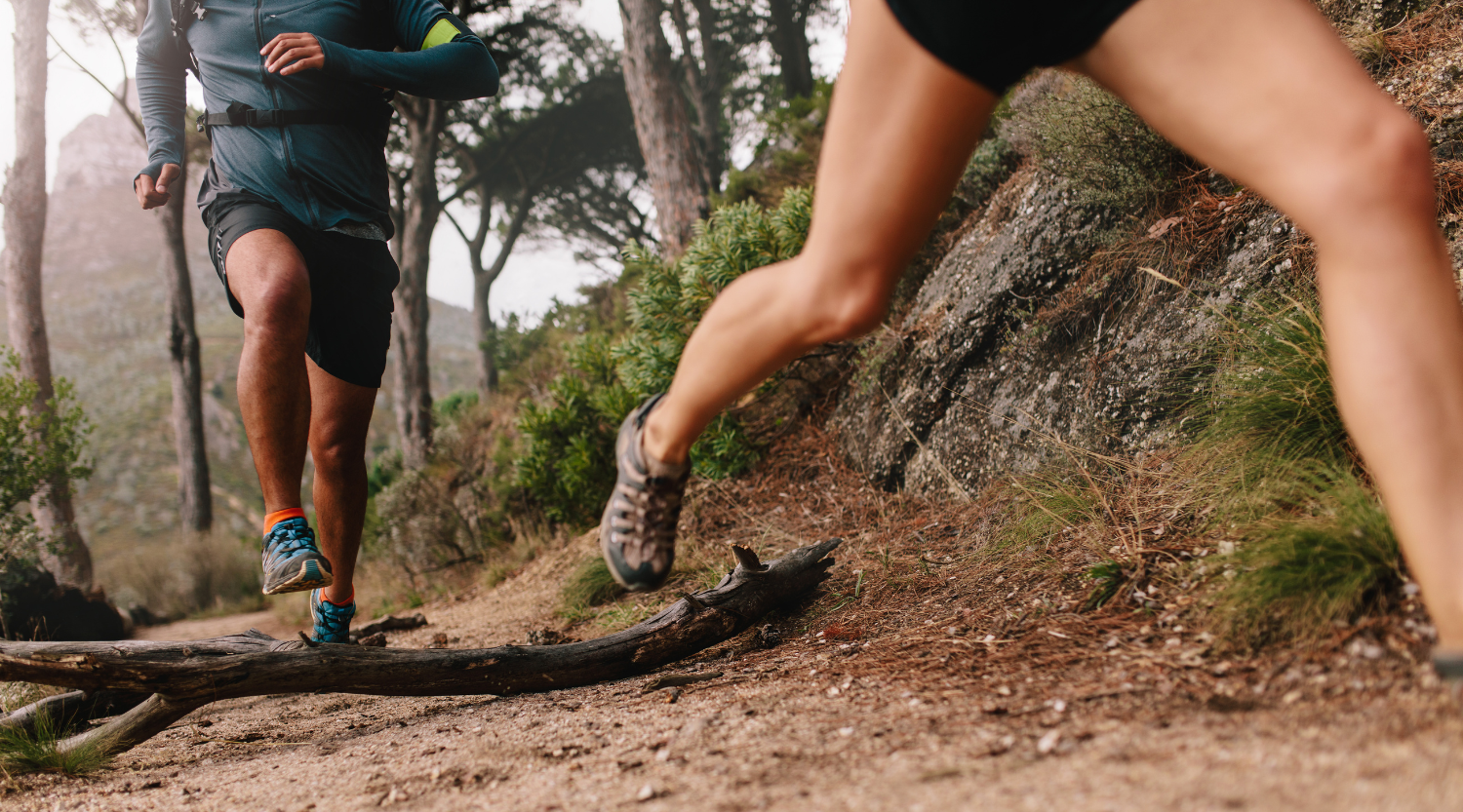No doubt you’ve seen or heard of them, but what exactly are varicose veins? Jacksonville’s St. Johns Vein Center sees patients with venous ailments every day, including many concerned about their appearance and symptoms.
So what are VARICOSE VEINS?
They are abnormally enlarged blood vessels that swell and rise above the surface of the skin, creating a bumpy look to the skin. They typically are bluish in color and appear twisted. While they can appear anywhere in the body, varicose veins are most commonly associated with the legs. They can cause aching, cramps and itchiness, but the primary concern of patients who have them is their unsightly appearance.
Here’s how they happen: Your veins have tiny, leaflet valves that prevent blood from flowing backwards. Your leg muscles pump the veins in order to return blood to the heart against the force of gravity. But when veins become varicose, the leaflets no longer meet properly and are unable to carry blood upward. Instead, the blood stops and flows backward, pooling in the veins and causing them to swell. Other signs and symptoms of include:
- A heavy feeling and/or aching in affected legs, especially at night or after exercise;
- Swollen ankles;
- Brownish-bluish, shiny skin discoloration;
- Appearance of spider veins;
- Red, dry and itchy skin patches;
- Cramps, particularly when making a sudden move;
- Tendency of minor injuries to bleed more than normal and to heal slowly;
- Whitish, irregular scar-like patches around the ankles;
- Restless leg syndrome.
Fortunately, there are multiple treatment options for varicose veins including endovenous ablation; hose therapy; and ultrasound, liquid and foam sclerotherapy. Your doctor will determine which treatment option is the most effective for you, depending upon the veins’ location and size. If you have or believe you may be developing varicose veins, call the St. John Vein Center toll free at 877-640-VEIN (8346) or complete our online form to schedule a consultation.




